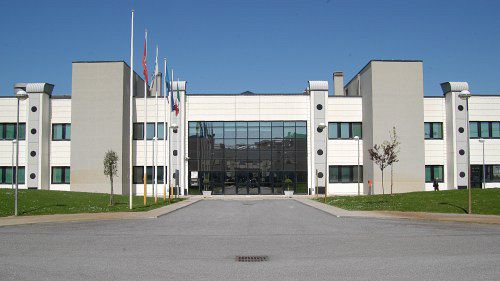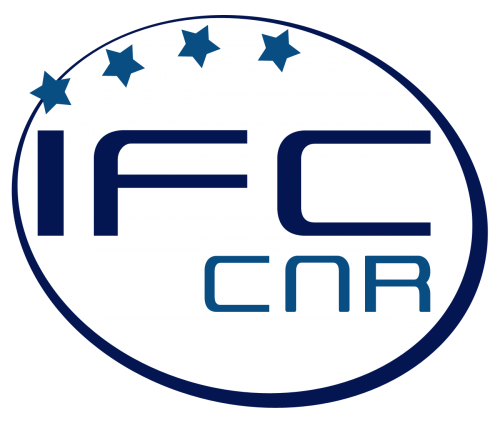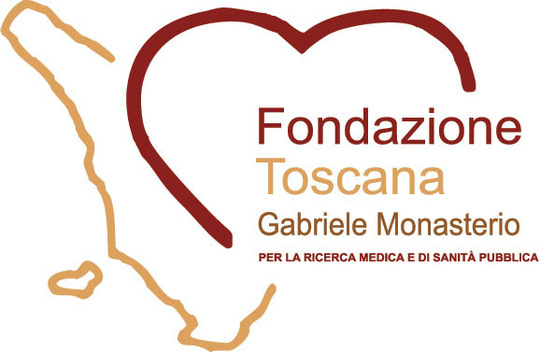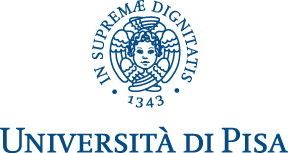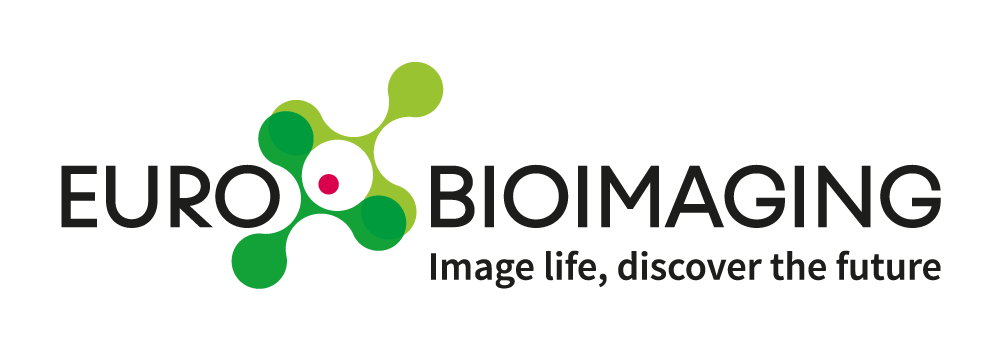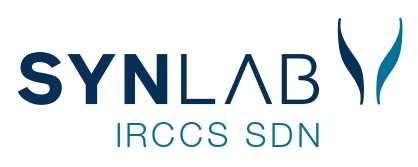Pisa
Pisa occupies a privileged position in research and higher education, hosting three universities, the largest CNR (National Research Council) Campus in Italy, an internationally recognised University Hospital, the G. Monasterio Foundation for Public Health and Medical Research, and a number of renown private and public research bodies. Therefore, Pisa is in the centre of a dense net of national and international connections, mostly resulting from ongoing collaborations and cooperative research or service agreements.
A long-standing relationship is linking the molecular imaging team of the Dept. of Physics of the University of Pisa to both FTGM and the CNR Institution for Clinical Physiology (IFC). Thus, the basic imaging science knowledge in imaging hardware and detector development, acquisition and reconstruction algorithm development are directly applied to the experimental field. This has been functional to the development of innovative scanners, such as high-resolution US and CT devices, microPET/SPECT, microCT, microPET/CT.
Since the late sixties, the core expertise of IFC, and later on of FTGM, has been focusing on cardiovascular, cardiopulmonary and metabolic disorders. This has triggered specific expertise, ranging from cardiac surgery to clinical cardiology, and related branching in sub-specialities, still heart-related, such as hypertension, cardiopulmonary diseases, epidemiology. A special attention has been devoted to biomedical technologies, with particular attention to medical device design and development and biomedical imaging, both non-clinical and applied to patients in a translational bench-to-bedside approach.
The experimental and clinical expertise in cardiovascular diseases and metabolic disorders is integrated with the competence coming from scientists of the Dept. of Physics focused on the development of molecular imaging instrumentation and imaging software. Ad hoc tracers can be custom-designed and developed in Pisa and applied to the specified field of expertise.
These integrated resources are made available to the MMMI Node for enabling users’ research in the following areas:
- Cardiology & cardiovascular (Coronary Artery Disease; Endothelial and microcirculatory dysfunction; Perfusion defects and ischaemic disease);
- Hypertension and vascular dysfunction;
- Metabolic syndrome (Altered lipidic profile, insulin resistance, diabetes, obesity);
- Multimodal quantitative cardiac imaging (CT, MR, MRS, US, PET/CT, invasive radiology);
- Non-clinical tracers for cardiovascular application and organ metabolism;
- Cardiac innervation, neurotrasmission and receptor studies;
- Targeted nanoimaging and drug developmet.
All major biomedical technologies, from multimodal imaging (microPET/CT, microSPET, US, microUS), to invasive cardiology and cardiac surgery are available to translational research programs. The core imaging platforms are supported by ad-hoc scientific skills and resources acting as enabling technologies for high-level research in the core scientific know-how of the site. High-level biocomputing (image processing and analysis, systems biology, epidemiology, biostatistics and mathematical modelling), is available for complex data analysis. Imaging protocols may be easilily integrated with ex vivo, in vitro and basic science experimental data (proteomics, genomics, clinical chemistry, molecular biology, nanomedicine, analytical and synthetic chemistry). Pisa features multiple competences in peculiar areas of molecular imaging, such as the possibility of using hyperpolarised 13C probes togheter with MR Spectroscopic Imaging (MRSI) and non-clinical whole-body scanners for PET.
A large facility exists on-site where small-medium-large animals can be safely handled and chronic/acute experimental models prepared (small and large surgical and post-surgery rooms are available on-site) to address customised research requirements. The facility hosts rodents and non-rodents (except non-human primates) and relies on its own capacity for medium-size animals (pigs, minipigs, sheeps). The wide inter-species availability of experimental models has been recently expanded with a large-sized zebra fish aquarium.
Molecular imaging research in Pisa can benefit from on-site support of ex vivo/in vitro technologies, such as proteomic, genomic, tissue analysis (autoradiography, histology and biochemistry) and bioanalytical chemistry. These capabilities allow full-range characterisation of biological specimens and could provide effective integration of in vivo to ex vivo/in vitro data. A biobank is also available to store specimens and/or provide reference samples.
